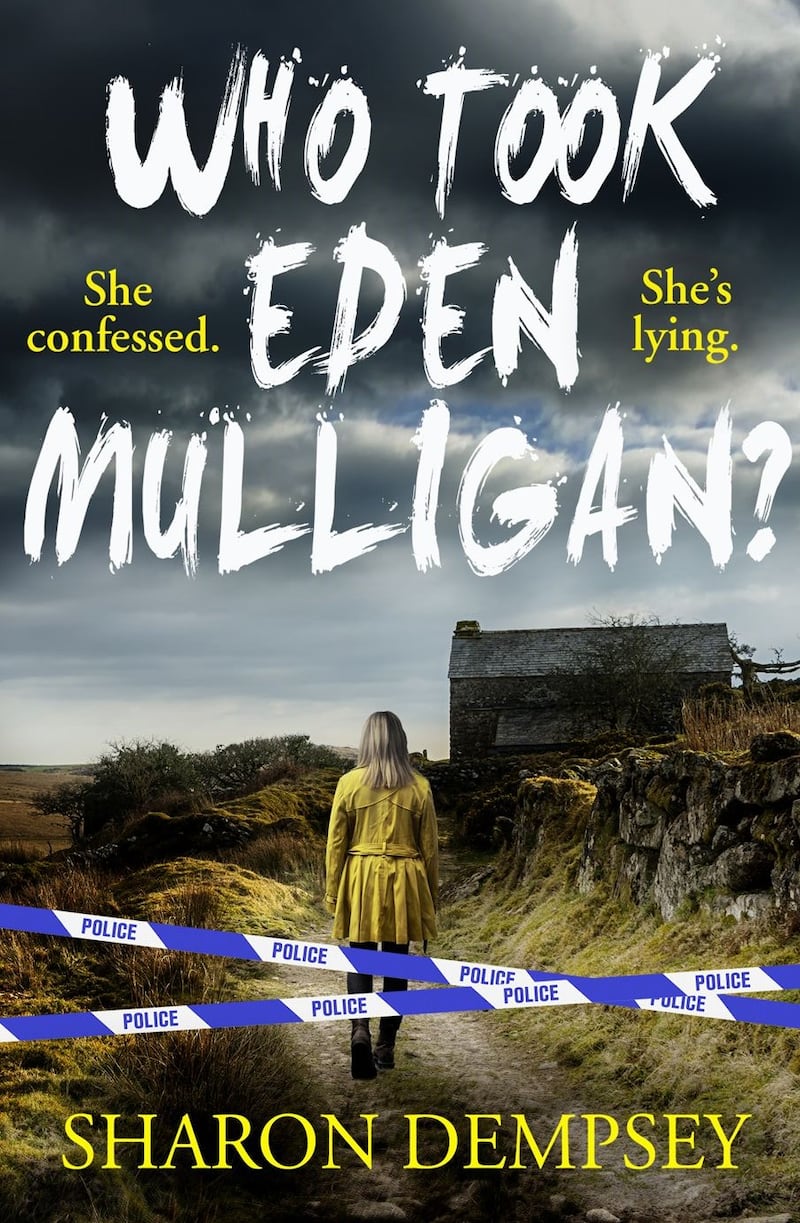Three days after my seventh birthday, the night sky turned to a lurid Lucozade orange, so bright that it lit up my parents’ bedroom. I’d gone to bed with my mum, no doubt she was telling me a story, some fantastical tale she’d made up.
We were used to hearing distant explosions, gunshots too, but the sky turning orange – well, that was different. It seemed more in keeping with a nuclear attack than the usual violence we had grown accustomed to. My brother and I were hurriedly wrapped up in coats and evacuated to my grandmother’s house, little more than a five-minute walk away. Not far enough to be a true place of safety but with its leafy avenue, leading directly to Queen’s University, it felt a place apart from the tightly packed rows of terrace houses, edged by the river Lagan, where we lived.
Later we heard that the IRA had been responsible for the Lucozade sky, three of them killing themselves in the process of blowing up the gasworks. A huge fireball had soared above the city, making it one of the more extravagant displays of violence, in a place where fireworks couldn’t be purchased, for fear they be used as weapons.
The next day I walked along the banks of the river Lagan with my dad and saw the smouldering remains of the huge circular, skeleton steel supports. The gasworks were significant for the economic growth of Belfast, bringing light to the streets from 1822. They had been part of the landscape for so long that it was difficult to imagine not seeing its towering form rising from within the red-bricked gasworks compound. Now offices, a hotel and business units populate its grounds. Belfast has moved on and so have we. Or at least, we are trying to.
Northern Ireland is a place that likes to lay claim to people. Us and them. A place of perceived duality that has regularly found expression in graffiti messages of intimidation and hatred on working-class gable walls. A couple of streets away from where I spent my early childhood, a teenager, Michael McCartan, was shot and killed, as he painted on a wall. Visitors to our city can take tours around the more notable murals and have their photograph taken beneath paramilitary propaganda. Images of hatred and threats acting as a macabre attraction.
These depictions have changed and softened over the years with an influx of professional street artists from beyond our shores, commissioned to produce some exemplary work, drawing on mythology, shared history and culture that isn’t necessarily expressed as green or orange.

But recently we have had a different kind of writing on the wall. Shifts in representation and identity bound up in the implications of Brexit, and the Irish Sea border, has caused discontent within some of the unionist population. This has found expression once again in paint-daubed walls. A threatening message targeting the Tánaiste, Leo Varadkar, along with condemnations of the Irish Sea border have been appearing, reminding us, should we need it, that peace is something to be worked at and can never be taken for granted.
My new novel takes its title from graffiti painted on the inside of a run-down cottage asking, “Who took Eden Mulligan?”, making reference to a cold case of a missing mother. Even though the crime at the heart of the novel is a present-day multiple murder, it’s clear that the answers lie in the past.
In Belfast the past is never far away. Back then, we all suffered from violence fatigue. The constant bombardment of violent images on our television screens, the paramilitary and sectarian graffiti on our streets, the newspaper reports, made us crave escape in order to have respite. Watching Dallas, Starsky and Hutch or the Dukes of Hazzard held more appeal than anything that might have been set where we lived. It was hard to know what to say about what we were enduring while it was ongoing. Now with the benefit of time and distance, we are in a better place to examine that which we have survived.
The rise of the Celtic Tiger and the subsequent economic bust along with waves of societal change provided for rich fictional exploration in the South, with writers such as Louise Phillips, Tana French, Jo Spain and Liz Nugent finding readers in their droves. These writers, and others, use the crime fiction genre to examine life in a modern and vastly changed Ireland.
Likewise, in the North, with an emerging peace, fashioned out of backroom talks and trade-offs, a new generation of writers began trying to make sense of their past, and crime fiction was their poison of choice. The genre, with its potential for socio-political examination, is perfect for capturing the hangover of the Troubles, illuminating the wrongs of the past and refashioning our narratives into something that says more about human behaviour than mere political machinations. Described as “the most noir place on Earth” by Lee Child, writers from here such as Eoin McNamee, Claire McGowan, Brian McGilloway, Adrian McKinty and Stuart Neville have led the way. Now a new wave of crime writers – Claire Allan, Gerard Brennan, Steve Cavanagh, Kelly Creighton, Catriona King and myself – are stepping up. Maybe with the benefit of time passing, we can now examine the impact of the Troubles and find new ways to articulate what we have lived through, writing on a wall of our choosing.
Who Took Eden Mulligan? is published by Avon
















